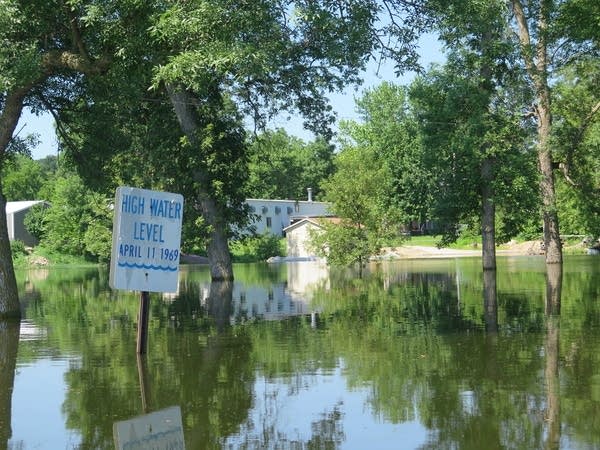Dayton continues tour of flood damage in southern MN

A sign showing the all-time flood crest of the west fork of the Des Moines River in Jackson, Minn., stands out above the current flooding there on June 9, 2018.
Mark Steil | MPR News
Go Deeper.
Create an account or log in to save stories.
Like this?
Thanks for liking this story! We have added it to a list of your favorite stories.


